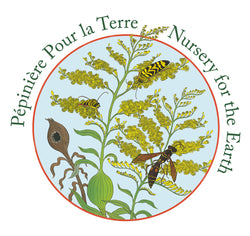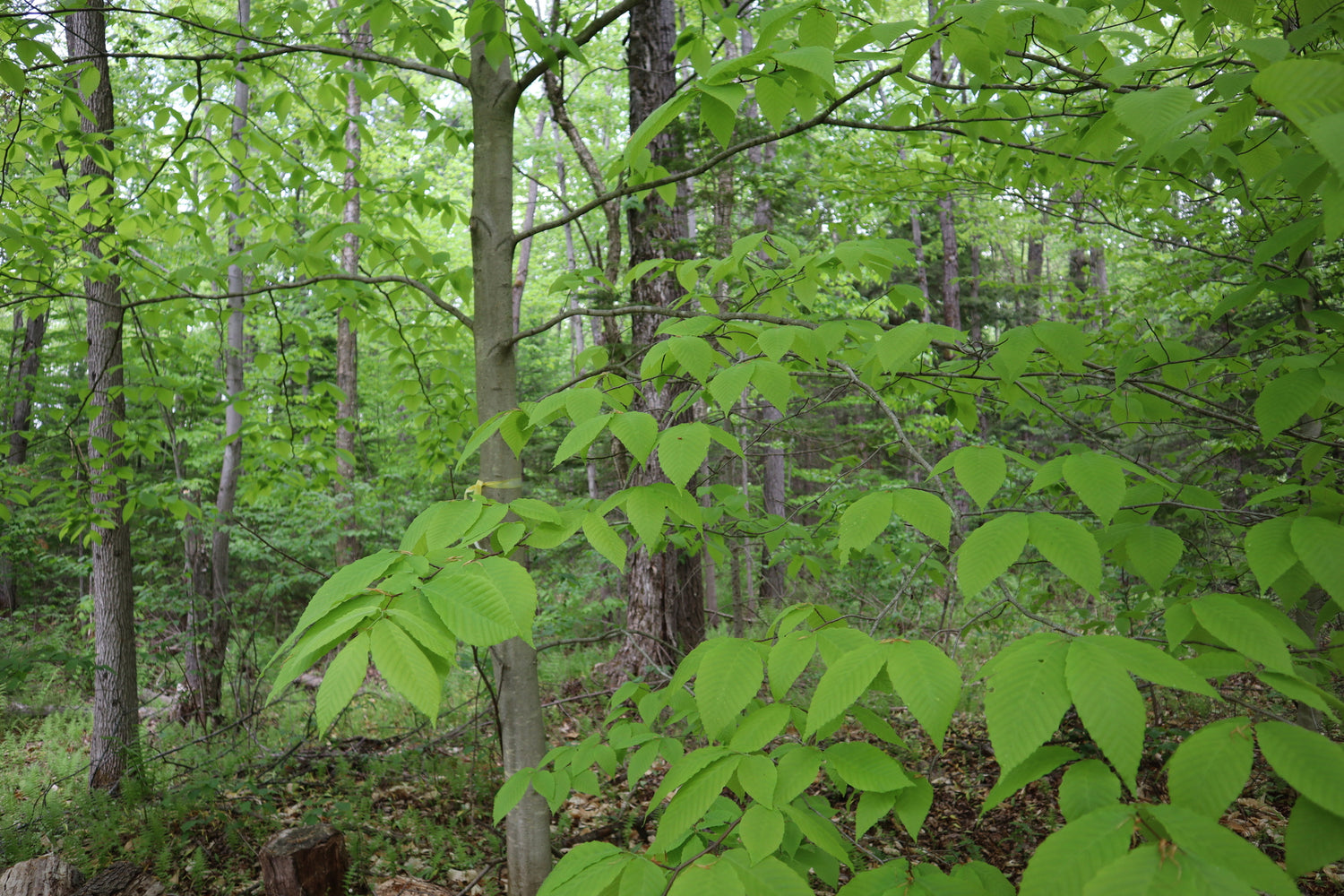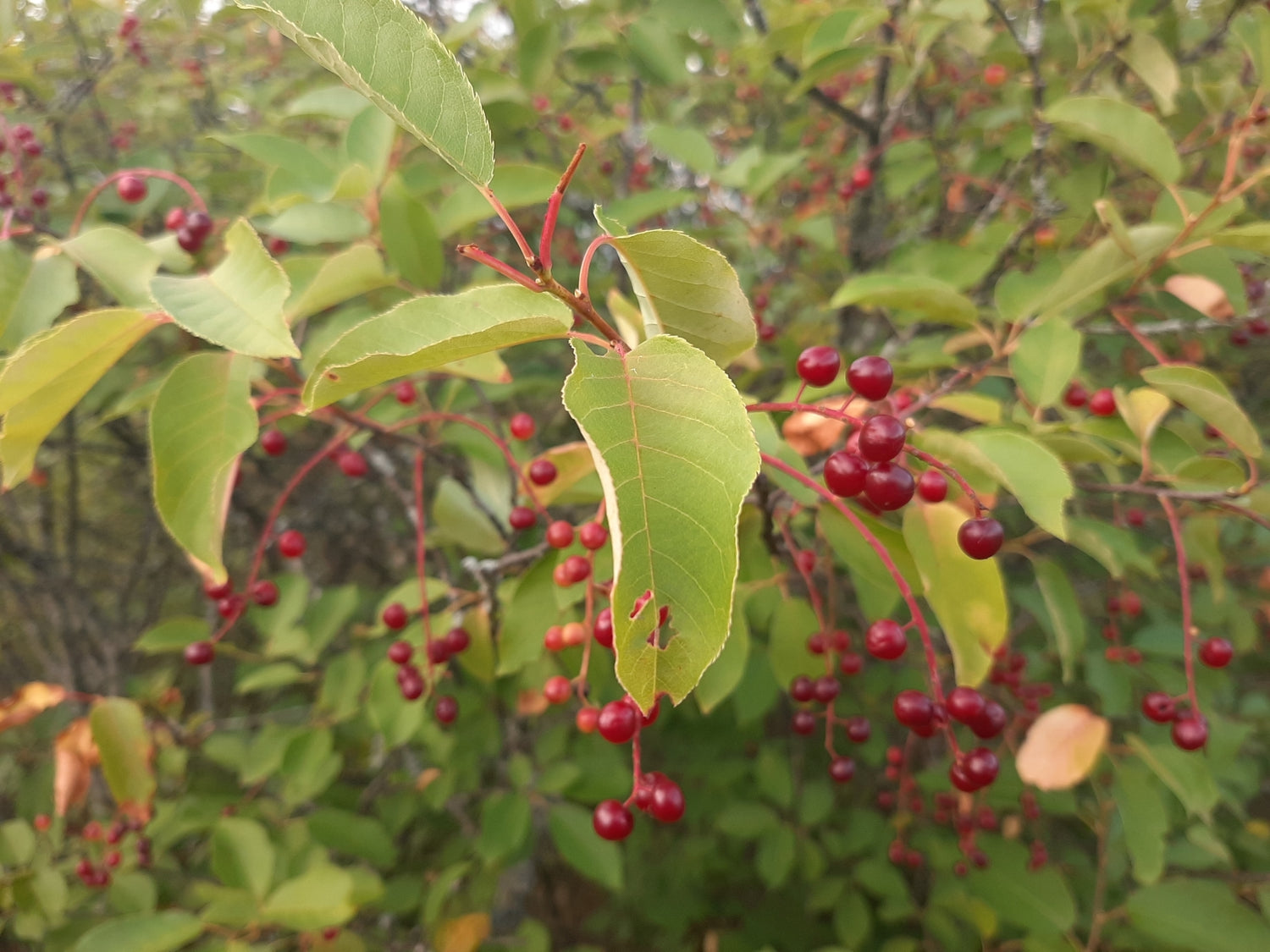Nursery for the Earth
Erythronium americanum (Fr: érythrone d'Amérique| En: Yellow Trout Lily)
Couldn't load pickup availability
Erythronium americanum
Alternative names: Yellow Trout Lily, Dogtooth Violet, Adder’s Tongue
French: Érythrone d’Amérique
The Yellow Trout Lily is one of the most iconic signs of spring in eastern North America. Its mottled, lance-shaped leaves form dense carpets in deciduous forests, often covering entire forest floors before the tree canopy closes in. At our farm, it’s the first true sign of spring—emerging in dazzling drifts as the snow retreats.
The nodding yellow flowers, which appear from April to June, feature reflexed petals and prominent anthers that can be either orange or yellow. Interestingly, some plants bear red-purple pollen while others produce yellow pollen. Studies in the Ottawa area suggest that these differences may influence which pollinators are attracted to them—possibly hinting at early speciation within the species.
In deep shade, only a small percentage of the colony will flower in any given year, but flowering increases with more sunlight. Even when not in bloom, the plant’s marbled foliage is striking and decorative.
This ephemeral wildflower thrives in moist, rich deciduous woodland soils. It goes dormant by early summer and is best planted where its foliage can mature undisturbed in spring. We offer this species as bulbs in packs of 6. They can be planted any time, but must be kept moist and never allowed to dry out.
Height: 10–15 cm
Bloom time: April to June
Light: Full shade to part shade
Moisture: Moderate
Soil: Rich, humus-rich, well-drained
Habitat: Deciduous forests
Ecological benefits: Early spring nectar source
Share













